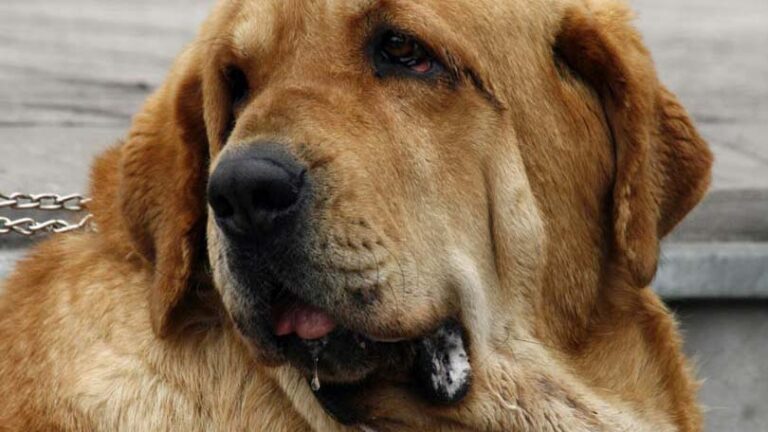Best Kibble for Dogs
When it comes to choosing the best kibble for dogs, there is no one “best” food. Dogs are different and some dogs will thrive better on some foods than others. Your neighbor’s dog might do well on food with a high protein content or grain-free food while your dog needs something different, for example. Toy dogs and giant breeds can have different nutritional needs. But there are some general guidelines to keep in mind that will help you choose good food for your dog.
Considering dog food quality
You can informally consider that dog food exists in three tiers of quality: an upper tier, a mid-level tier, and a bottom tier. This way of imagining dog food can help you separate where different brands and products fit. Keep in mind that many dog food companies produce lots of products. Some of their dog food products can be premium foods while others are in the bottom tier. So, if you buy cheap food from a company and your dog doesn’t do well on it, it’s likely because the company is using cheaper ingredients in this bottom-tier food. If you buy their premium product, your dog might have a great experience with the food because this product uses the best ingredients. It’s not really fair to blame the company if you buy their cheapest food and your dog doesn’t do well.
Cost vs. quality
As consumers, we often equate the cost of a product with its quality. We usually think if something costs more that it must be better. This is true to a certain extent with dog foods. Better quality dog foods will cost more because they use better quality ingredients. If you are buying a dog food with human grade meats and no added hormones or antibiotics; no artificial sweeteners, preservatives, or food coloring; less or no grain, and other signs that owners often look for in good dog foods, you can expect to pay higher prices for your dog food. It costs the company extra money to buy these ingredients and these costs will be passed on to the consumer.
However, there is also a certain element on gimmickry in the pet food marketplace. Dog food companies know that pet owners want to feel good about what they are buying for their dogs. They know that the idea of “natural,” “holistic,” and similar-sounding words appeals to buyers. However, according to the Food and Drug Administration, which oversees aspects of dog food labeling, these words have absolutely no meaning when placed on a dog food label. A company can put a nice picture of veggies and whole grains (dogs don’t really need these carbs) on the package, call the food “natural” or “holistic” and you end up paying more for a medium grade food, thinking it’s a premium food.
One of the best things you can do when you are trying to choose a good dog food for your dog is to learn to read the package label and know which words really mean something and which ones are meaningless. Learn what you’re paying for.
What should you look for in a good kibble?
Good kibbles have certain things in common. Look for the following when you read the label:
- Good kibbles have two or three meat proteins listed in the first several ingredients. Ingredients are listed in order of weight before cooking, so the first ingredients indicate what the food contains in the greatest amounts. Meat protein is much easier for your dog to digest than plant proteins such as corn, which is often used as a protein in dog foods. Your dog will get more nutrition if there is more good meat protein.
- Avoid generic fats and proteins such as animal fat or meat meal. When things aren’t named specifically, you don’t know what they are or where they came from. Instead, look for chicken fat and lamb meal, for example.
- Avoid meat by-products and digest. These ingredients are protein but they are less desirable sources or protein. Your dog probably won’t mind them, but you probably don’t want your dog to eat feathers, beaks, and bird feet. These are the parts that are considered not fit for human consumption.
- No BHA, BHT, or Ethoxyquin. These are artificial preservatives. You should also avoid artificial sweeteners and colorings.
- Keep the grains to a small amount. Some people prefer to feed grain free foods. This is something of a personal preference. It’s up to you and your dog. But you should avoid foods that rely heavily on grains, especially corn. You should also watch for a practice called “splitting.” Splitting is when the company uses a product such as corn in several different forms – corn gluten, ground yellow corn, whole yellow corn, etc. When added altogether, there is more corn than any other ingredient in the food.
- Look for foods that are higher in protein with moderate amounts of fat. Most dogs will do well on this kind of diet.
- Look for added Taurine. Taurine is found in fish oil and dog food companies have begun adding it to foods for good heart health. If your food does not have Taurine, you can add fish oil gel tabs to your dog’s diet.
- Make sure the food has the AAFCO seal of approval. In the United States dog food labeling is approved by AAFCO – the Association of American Feed Control Officials. In order to receive approval, dog food companies either have to pass a 6 month feeding trial with their brand of food OR they have to provide a nutritional adequacy statement for the food. (The feeding trial is better.) There should be a statement on your dog’s food saying that the food has done one of these things and been approved by AAFCO. AAFCO’s standards are not terribly high so this is the minimum standard that a food should be able to meet. If the food you are feeding hasn’t met this standard, you should not feed it.
These are the things you should look for in a good dog food. Some of the foods which consistently meet these standards include Orijen and Acana, made by Champion in Canada; Artemis Dog Food; Eagle Pack Dog Food; Solid Gold Dog Food; Wellness Dog Food; and Newman’s Own Organic Dog Food.

Having discovered a fondness for insects while pursuing her degree in Biology, Randi Jones was quite bugged to know that people usually dismissed these little creatures as “creepy-crawlies”.







